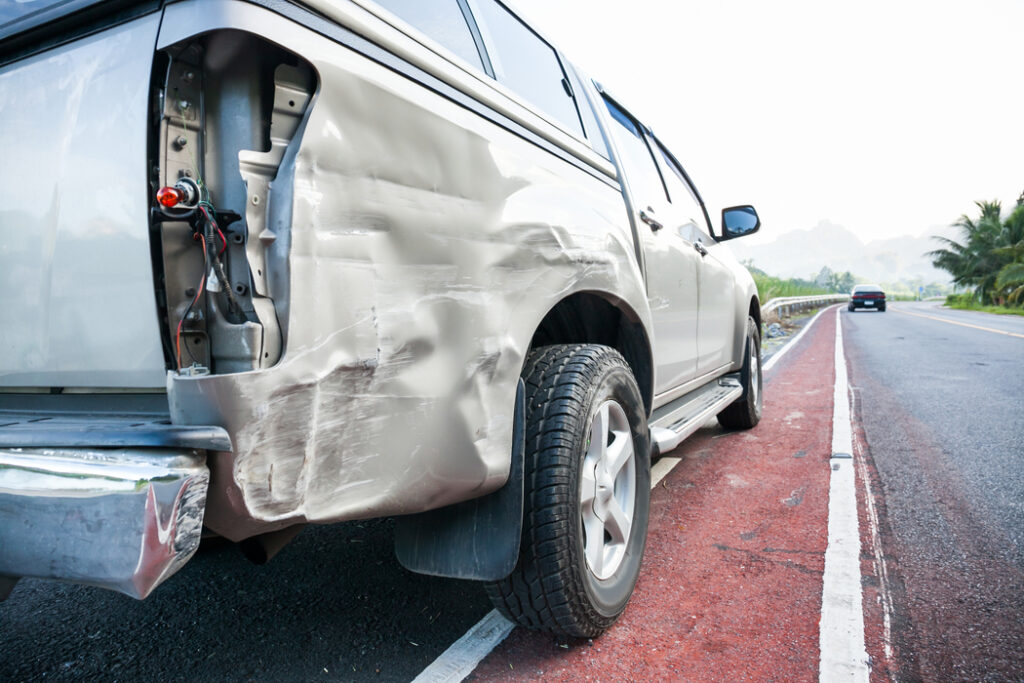
In 2000, a passing car killed firefighter Lt. Scott Gillen as he was tending to motorists parked on the side of the road. Because of his wrongful death, Illinois “Scott’s Law” (a.k.a Illinois Move Over Law) passed in 2002. This law was created to protect emergency personnel, firemen, and police officers when they are parked on the side of the road in an official capacity and doing their jobs. In 2017, the law expanded to include any vehicle with flashing lights parked on the side of the road. In 2025, it expanded again to protect construction and maintenance crews.
The Illinois Move Over Law also protects tow truck drivers, other non-emergency service personnel, and protects stranded motorists. If you or a loved one has been affected by a motorist violating Scott’s Law, consider consulting an Illinois car accident lawyer. They can help you navigate the legal process and pursue compensation for injuries or damages. Let’s dive deeper to learn more about this law.
What Is Scott’s Law?
Following the tragic death of Lt. Scott Gillen, Scott’s Law (a.k.a Mover Over Law) passed to protect emergency and law enforcement personnel, as well as other service personnel, as they performed their job duties on the side of the road.
In Illinois, drivers must:
- Yield the right-of-way
- Stop as close as possible to the right side of the road or curb when an emergency vehicle approaches with its lights and/or sirens going
- Remain stopped until the vehicle has passed
Motorists who violate these requirements, outlined in Section 11-907 of the Illinois Vehicle Code, can be charged with a petty offense that results in fines or more severe penalties.
“Give Them Distance” Campaign of 2017 and Changes to Illinois Move Over Law
Illinois governor Bruce Rauner teamed up with state officials in 2017 to increase awareness of Scott’s Law with a new initiative. The “Give them Distance” initiative made motorists aware of changes to the law that took place in January 2017.
These changes specified that drivers must yield the right-of-way and change lanes to the next lane for any vehicle parked on the side of the road. If drivers can’t change lanes, they must proceed with due caution when they pass parked vehicles on the side of the road.
Originally, the law only covered emergency law enforcement vehicles with lights and/or sirens going. Now it covers service vehicles and private motorists’ vehicles that have their hazard lights on.
2025 Modified Illinois Move Over Law
With 135 reported Scott’s Law violations in 2024, including a fatality just before Christmas, Illinois implemented new measures to enhance roadside safety under Public Act 103-0711 that took effect on January 1, 2025.
Enhanced Emergency Vehicle Penalties:
- Drivers must change lanes, reduce speed, or stop when approaching or passing an emergency vehicle that is displaying hazard lights. Non-compliance can result in fines up to $10,000, misdemeanor or felony charges, as well as suspension of their driver’s license.
Expanded Construction / Maintenance Worker Coverage:
Drivers must yield the right-of-way to any authorized vehicle or pedestrian actually engaged in work upon a highway, or within any highway construction or maintenance area indicated by official traffic-control devices. Violations result in fines ranging from $100 to $25,000 and penalties for property damage, injury, or death, as well as potential driver’s license suspension.
Injured in an Illinois Scott’s Law Wreck? Contact a Car Accident Lawyer Today
If you or your loved one is Injured by a passing motorist, you may be entitled to compensation. Contact a Chicago car accident lawyer at Lerner and Rowe who knows how to utilize the Illinois Move Over Law to help you win your injury case. Call (708) 222-2222 anytime, day or night. We offer free consultations and bring decades of experience, skill, and passion to your case.



